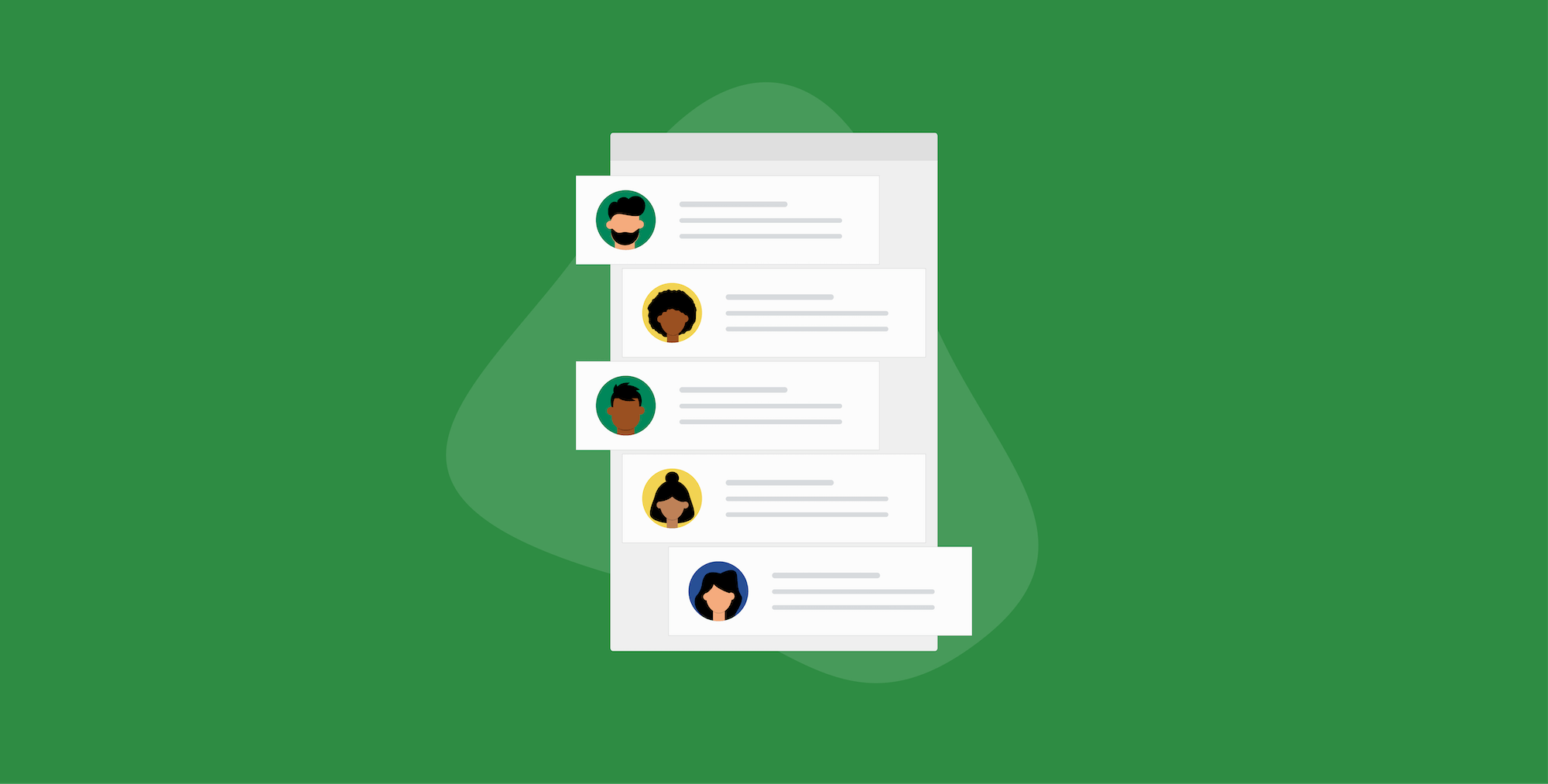2020 has been quite a strange year for retailers. Many who have resisted making the full transition to e-commerce are finding themselves forced to rely on it. Curbside pickup is a new norm. Shipping is now something retailers cannot live without. Along with e-commerce comes the need to use email marketing to increase sales and communicate with customers.
If your business didn’t already have a robust list of customer email addresses, you may find yourself wondering where to even begin. This article is meant to help you begin growing your email marketing list and keep it thriving.
Use what you have to get started
Creating an email marketing list can seem like a daunting task if you don’t feel like you have much to start with. Particularly if you’re making the move from brick-and-mortar to digital, you may have relied on foot traffic and local advertising in the past. Fret not, there are things you can do to begin building.
Social Media
Hopefully, by now you have some presence on social media. Use the audience you have built there to start building your email list. Facebook offers the ability to add a signup button on your page under the cover photo. Make sure you’re taking full advantage of that.
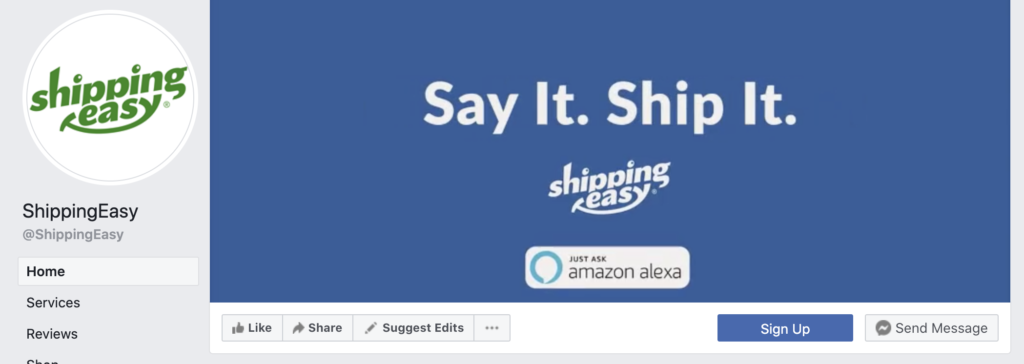
Post on social letting your customers know that you’re beginning an email program. Be honest and authentic (and promise not to spam them) and you may be surprised how successful a social campaign can be. You can boost posts and run ads directed at those who follow your page, those who live locally, or those who might be interested in your product or product genre using interest targeting.
Having all your customer data, shipping data, and order data in one place is a strategic advantage. Start your free trial of ShippingEasy now!
Ask for referrals
Your current customers are a great resource for bringing in new customers through word of mouth. With those referrals can come new email addresses to add to your list.
Add a signup form to your website
If you don’t already have one, this is very important. People are coming to your website because they’re interested in what you sell, so you should make use of that interest. Have a clear call to action to sign up for emails that gain subscribers access to special deals and coupons, product announcements, and other fun things.
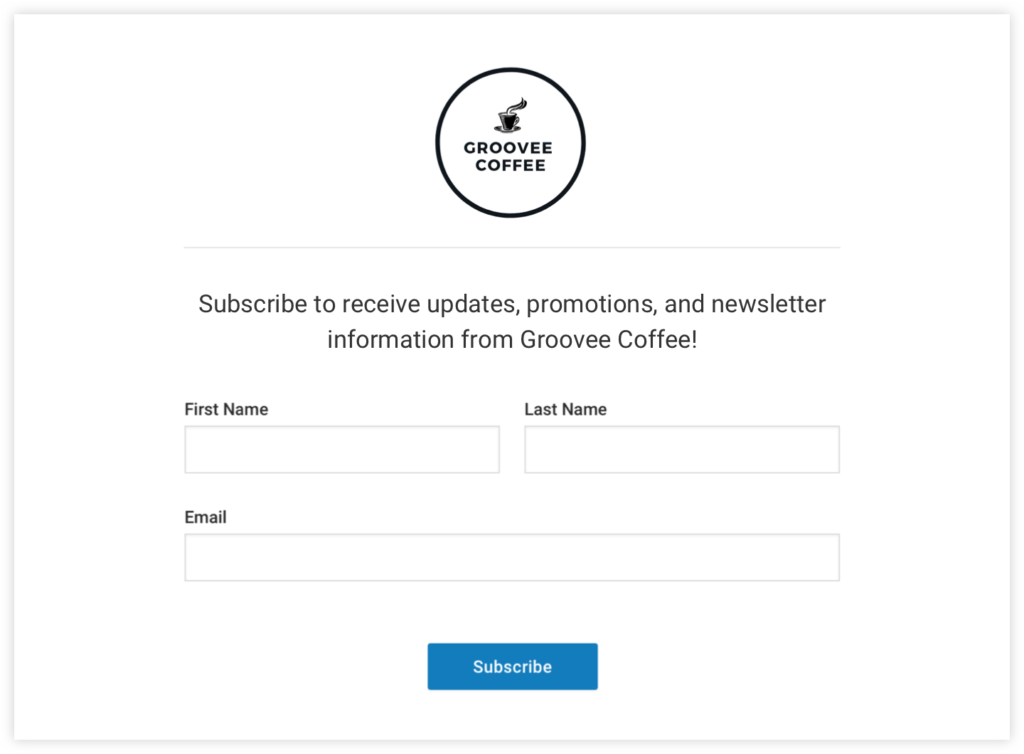
The signup form should be in a conspicuous place on your site, or perhaps in a pop-up. Ask only for the most important information, such as name and email address. If you start asking for too much information, people will often abandon the form. Remember, you can always create campaigns later that dig a little deeper, such as asking for their birthday for a special birthday discount. Then you can start using that data in conjunction with purchase information to segment your audience, which we’ll dive into more later.
Consider a direct mail campaign
Many have tried to declare direct mail dead since online marketing took precedence, but that is not necessarily true. Bad direct marketing is dead. If you can create compelling offers to local people who are likely to shop with your business, direct marketing can still yield sales.
You could try using direct mail to encourage people to sign up for emails to gain access to special deals and promotions. Use a short URL or QR code that takes customers to an email signup form (make sure that form is mobile-friendly!) where they can opt-in for your email marketing.
This can work both ways, too. Once you’ve built a solid customer list, you can export that to use in direct mail campaigns, doubling your visibility. Sometimes, email inboxes get a bit crowded, and a well-designed piece of direct mail could actually stand out in the mailbox!
Segment your list early and often
One of the keys to success in email marketing, regardless of list size, is segmentation. Segmentation is grouping your email marketing contacts based on similar defining traits. Those traits could be any number of things depending on the goal or subject of your email campaign.
For example, you could be sending an email about a product that is back in stock, or a new product that complements another product. In this case, you could segment your audience by those who’ve purchased that product SKU and cater your messaging directly to them. The email wouldn’t feel relevant to your entire audience, but would feel personalized to those who have made the purchase.
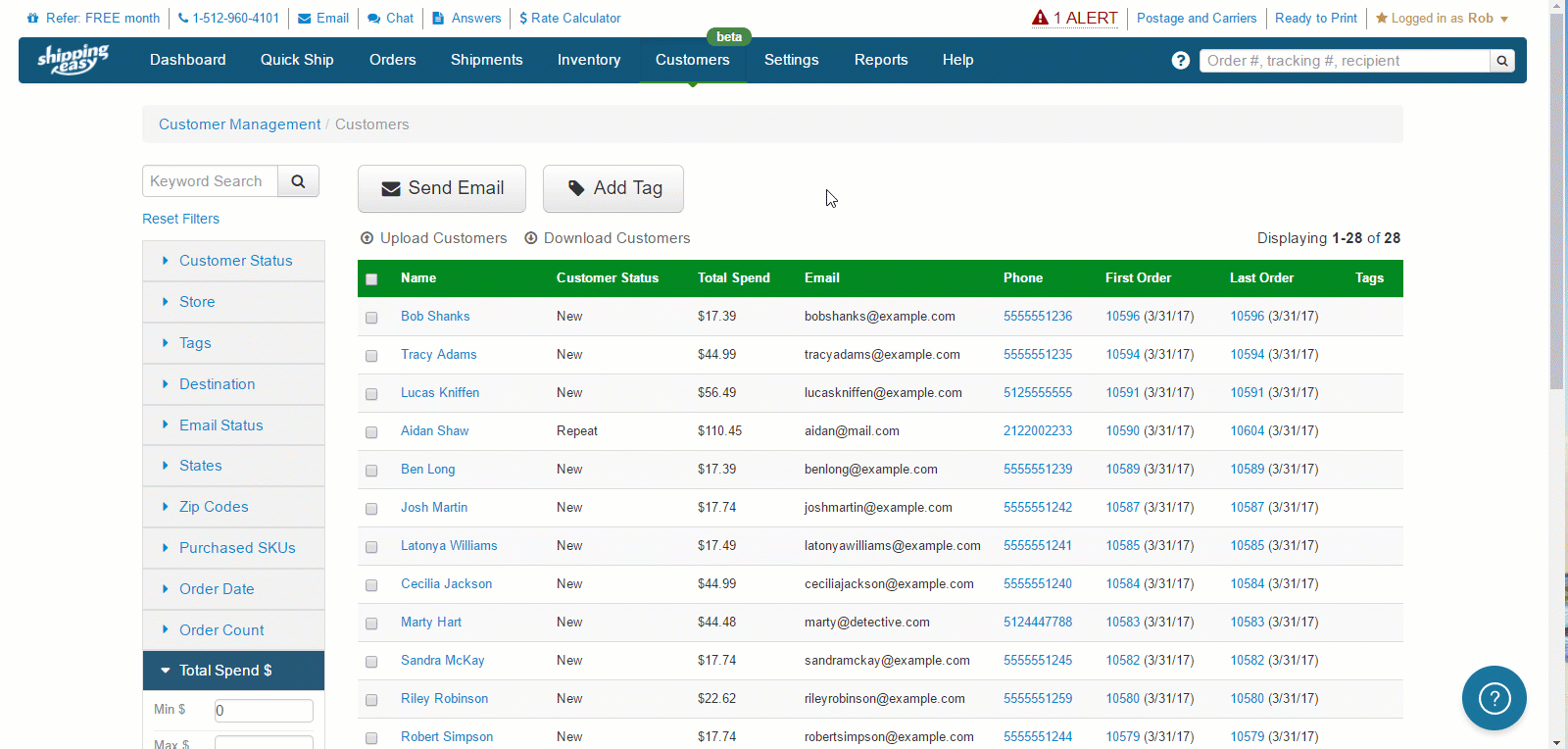
Another segmentation tactic that could be used for more general campaigns (such as holiday sales, new product announcements, or exciting news) is a segment of your most engaged audience. This segment is built automatically in ShippingEasy’s Customer Marketing tool.
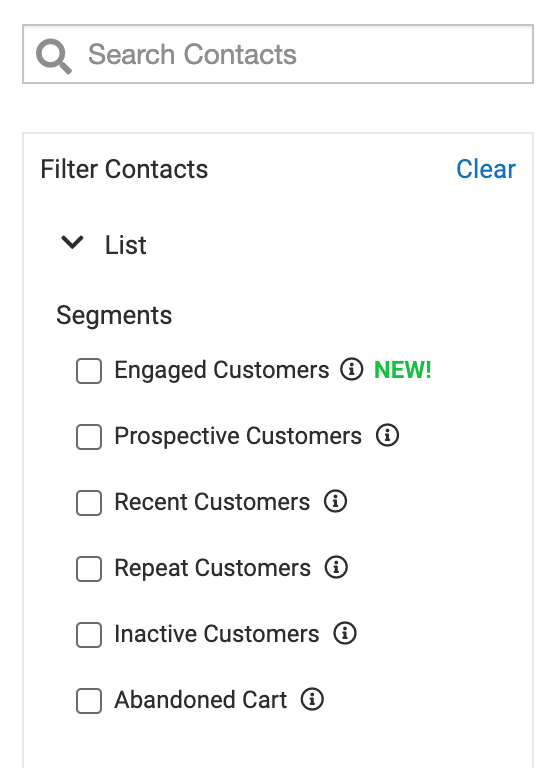
Customers who have opened and clicked your previous email campaigns are grouped into an Engaged Audience segment you can choose. This indicates that they’re interested in your emails and helps improve your sender reputation and increases the success rate of your email campaigns!
For those not on your engaged customer list, you may try sending a winback campaign with a special offer and intriguing subject line to try and get them back. This could be a one-off campaign, or automated based on a number of days since last purchase.
By the way, we wrote a much more in-depth approach to email marketing list segmentation here!
Don’t Forget List Hygiene
Speaking of customers who don’t actively read your emails, list hygiene is a great practice to implement right from the beginning. There are a couple indicators that you should remove email addresses from your list so you can get the most out of your email marketing campaigns.
Email bounces
Sometimes customers give bad email addresses. Sometimes there is a typo in what they entered in your form. Sometimes they shut down an email address to consolidate, or they leave a job that they had emails going to. Any of these could be reasons your emails bounce.
Email service providers use the percent of emails that bounce as an indicator that your email marketing list is quality. Too many bounced emails could get your domain penalized. It’s important to set a cadence, perhaps monthly, to remove bounced email addresses from your list.
Inactive email addresses
If your last-ditch effort of a winback campaign doesn’t work to reactivate a customer, you may just have to resign yourself to the fact that they’re no longer interested. That’s okay, but in that case you shouldn’t continue to email them.
This is particularly important if your email service provider charges by the number of emails sent or has a plan limit on emails. You don’t want to waste your money on email addresses with zero ROI.
With ShippingEasy’s shipping platform and Customer Marketing tool, your shipping data, order data, and customer data all live in one place so you can maximize sales based on what you know. You can even set up automation based on any combination of this data to send emails at exactly the right time for maximum engagement. Try it all free for 30 days by clicking below!
Rob Zaleski
Latest posts by Rob Zaleski (see all)
- USPS 2023 Shipping Rate Changes - November 16, 2023
